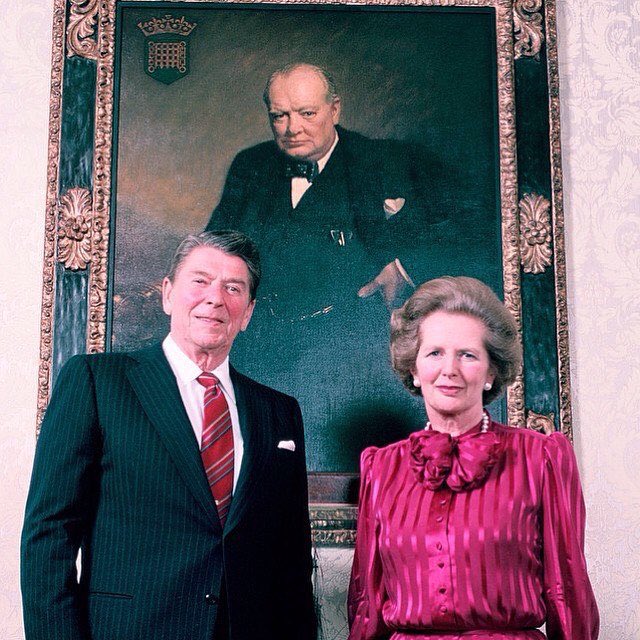
(This is the first part of my presentation that I demonstrated for our HIST 310 (History of the United States) course. Numbers indicate PowerPoint slide numbers in order. For the second part which evaluates cultural aspects of the 1980s: https://aksubatuhan.wordpress.com/2020/05/21/the-united-states-in-the-80s-ii-cultural-and-technological-transformations/)
1-Today I would like to talk about a very recent part of American history, namely the ’80s. In this decade, Ronald Reagan managed American political mechanism and various socio-political and cultural transformations occurred under his administration. In my presentation, I am gonna explain at first who Ronald Reagan was before and after politics. Next, I will elaborate on his victories in two elections as the Republican candidate. After I give details about the changing foreign developments with the USSR that shifted from Détente to Rollback, I will try to reflect the spirit of these years from Reagan’s speeches and some other primary sources. Other than the arms race, his interventionist doctrine from Afghanistan to Grenada will display how the top priority was given to overcome the Soviet Union. As far as Reagan was concerned, his two terms also saw scandals.
Who Was Ronald Reagan?
2-Now, let’s turn to explore who Ronald Wilson Reagan was. He was born in Illinois in 1911 and died in Los Angeles in 2004. His family was among the Irish descendants. Contrary to Irish Catholicism, his family raised him as a Protestant. Coming from a low-income family, he had financial difficulties in his childhood. He was not successful in education but interested in acting and storytelling which improved his body language which was a factor to be a politician. He began his carrier as a radio announcer but later became a film star in ten years.
Here you see Reagan as an advertisement star to introduce hand-cleaning products. It is meaningful to see his gestures and facial expressions that he also used in the hot debates of the Cold War.
Politically speaking, he used to be a Democrat but switched his side to a more conservative line after World War II. He became famous in political life after his speech “A Time for Choosing”, which was held to endorse a Republican in 1964. Reagan preserved the cornerstones of this speech’s outline for all his life like anti-Soviet attitudes and nationalism. Let’s watch it.
What he emphasized in his speech is that the need for “preserving” Americans from “the Iron Curtain” by using historical instances to strengthen his arguments.
3-Even though the Republicans lost in this election, Ronald Reagan ran for governing California in 1967 and won. From this time, he governed California for the next eight years and his governorship became the core of his domestic policies under his presidency. In 1976, he ran for the Republican presidential candidacy but lost against the incumbent President Ford.

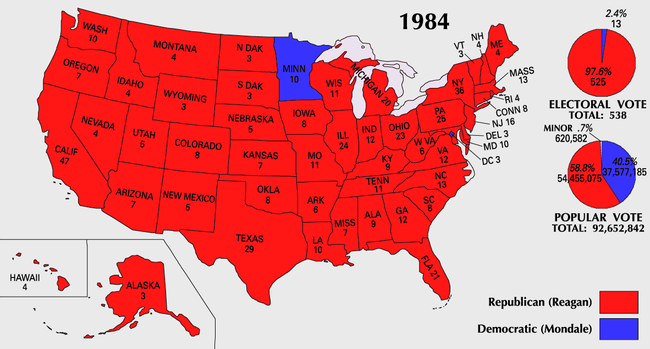
4-However, 1980 is the year when Reagan reached his goal to be the Republican candidate. At this time, the White House’s color was blue, in other words, Democratic President Jimmy Carter was the president of the US and declared his candidacy for the next four years. At this time, Iran underwent a serious revolution which dramatically harmed the American-Iranian relationship. A group of revolutionary students attacked the American embassy and held 52 hostages for 444 days. This was a big obstacle for Carter to win again and Reagan’s propaganda for a better future and economy through cutting taxes and decreasing government spending accelerated the process in favor of red color, the Republicans.
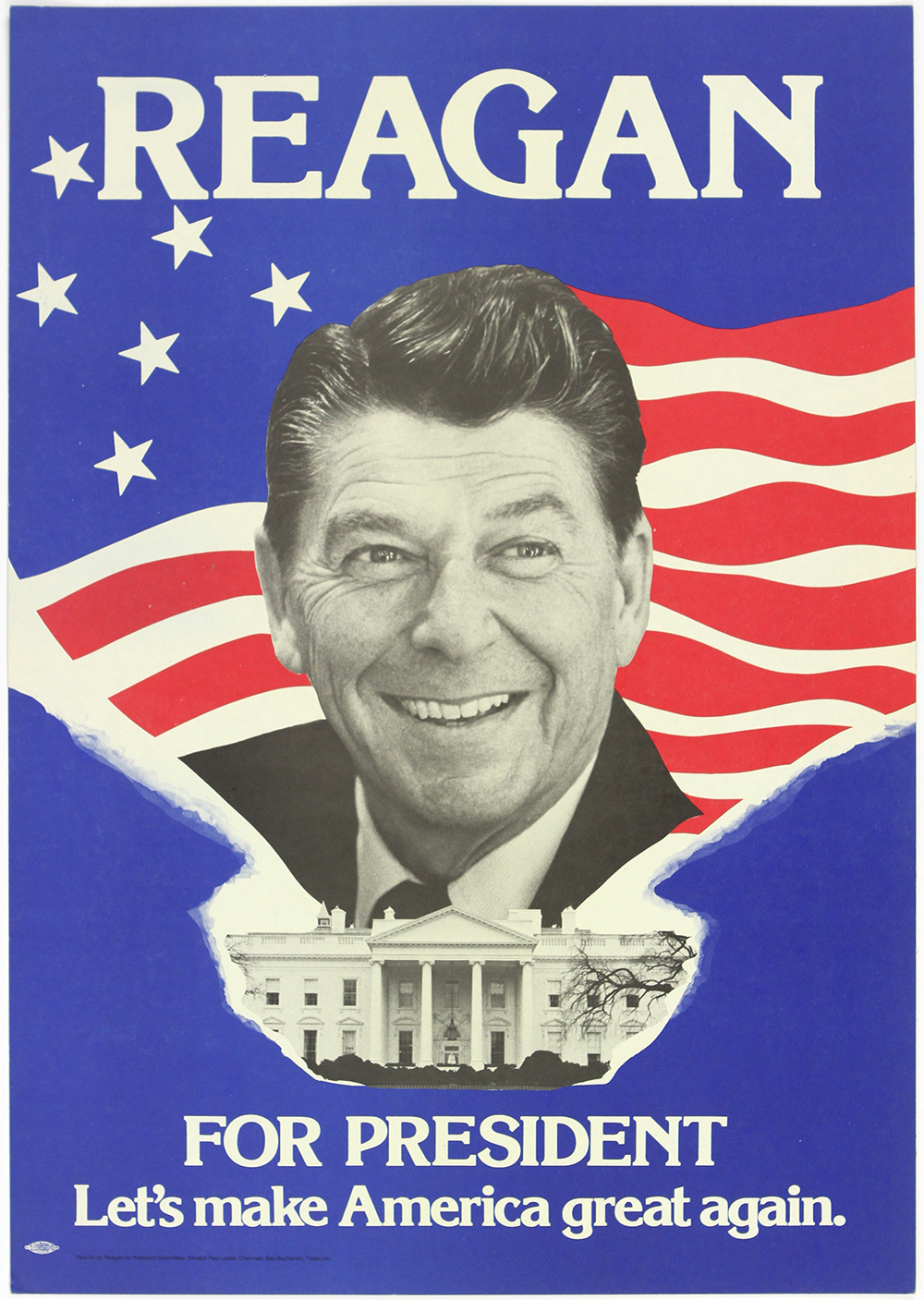
5-As you can see from the map, Reagan gathered almost all states (so landslide) in 1980, and the conservative majority was guaranteed when compared to 1976. Reagan’s slogan for “Make America Great Again” inspired Donald Trump after some 30 years. In electoral votes, he got 489 and carried 44 states. That was a major victory.
6-He repeated a similar pattern with a more successful one in 1984. This time, Reagan got an amazing landslide 49 states out of 50 against Walter Mondale. This election also saw the highest electoral votes for a presidential candidate in American history with 525 out of 538. This is still the biggest defeat for the Democrats in an election ever.
7-“Morning in America” was Reagan’s slogan for “1984” that today is not a good name because of Orwell’s novel to call for a prosperous period. Let’s watch “Morning in America” which was Reagan’s slogan and its parody in a famous movie, Back to the Future in 1990.
You can verily see the differences and contradictions between the idealized picture and real framework even in a movie. This commercial is exactly what my friend is gonna emphasize after me but the scene from Back to the Future that displays political and cultural world is where I will move.
8-In 1955, anyone could not guess Reagan the film star would become the president and “Doc” is mocking “McFly” who came from 1985 to 30 years ago with a time machine. However, Reagan laughed at the film even quoted from it.

Changing Foreign Policy
9-From this, let’s turn our eyes to Reagan’s foreign policy. First, imagine yourself as an American child who reads a history textbook at school in 1988. In the textbook, you would see the troubled relations with Russia dominated the recent years: “In foreign policy”, the textbook’s last page says “President Reagan moved away from the policy of détente (the relaxing of tensions), calling for a sharp build-up in defense programs and a tougher attitude toward the Soviet Union.”
For years, the USSR pursued an expansionist pattern on an intercontinental scale under Brezhnev. The Soviets actively invaded Afghanistan and promoted Communist groups in Africa and Latin America. This geopolitical diffusion was narrowing the Western Bloc’s horizon. To put an end this, Reagan implemented his doctrine and rollback which means the strategy of forcing a change in the major policies of a state in replacing its ruling regime. According to Henry Kissinger, his two goals were “to combat Soviet geopolitical pressure until the process of expansionism had been…reversed; and, second to launch a rearmament program designed to stop…the Soviet quest for strategic superiority”. In this way, “Reagan overrode conventional diplomatic wisdom, and he oversimplified America’s virtues in pursuit of a self-appointed mission to convince the American people that the East-West ideological conflict mattered” Reagan debated that the violation of human rights by the USSR is a strong answer to encircle and overthrow it. So, he used human rights as a key to lock the Soviets’ geostrategic offensive and to unlock for a non-communist world.
As for his doctrine, he advocated that the US must aid anti-communist groups in several countries to preserve them “out of the Soviet sphere of influence”. In other words, the US aimed to reverse the Soviet objective of keeping world countries out of the Western periphery.
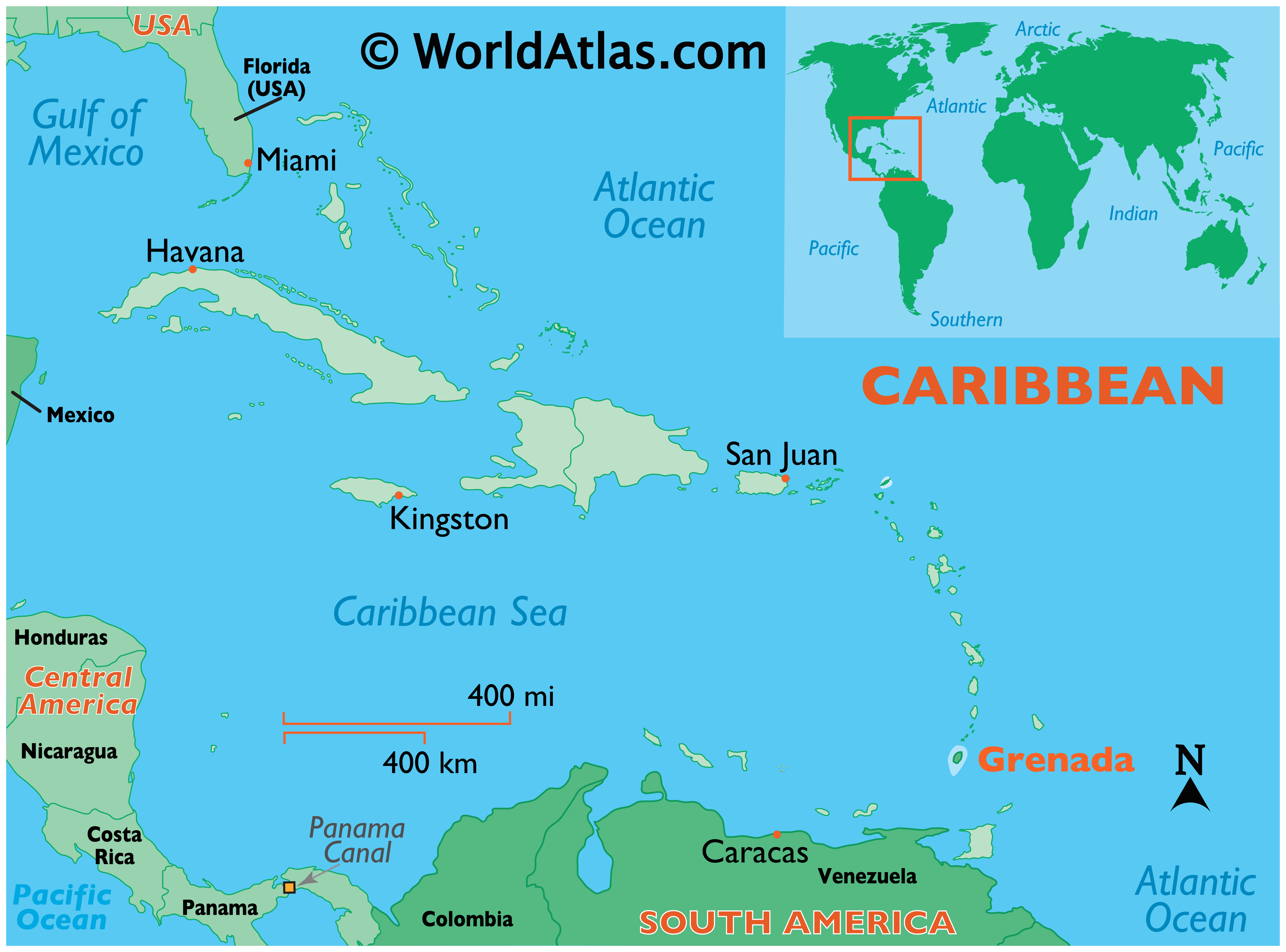

10-Let’s begin with Grenada, which is located in the West Indies. In 1979, the People’s Revolutionary Government toppled the incumbent government and formed strong ties with Cuba. Reagan ordered to eliminate revolutionaries in 1983. The US Army invaded Grenada and restored the former government in eight days.
11-Move your eyes, now, to 2.500 km westward from Grenada. You recognize Nicaragua. In 1979, Sandinistas, that was a Marxist-Leninist part, came to the power after elections. The collaboration of Cuba by Sandinistas was again the reason for tension. Reagan backed and supplied the Contra rebels in Nicaragua to tackle Sandinistas. However, many countries criticized the Contra violation and this became the reason for the Iran-Contra affair in 1985. And Reagan funded UNITA, an anti-communist group against Angolan communist rule, and met with its leader Sawimbi.
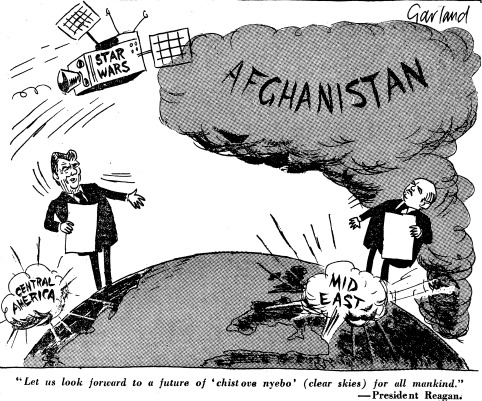
12-And perhaps most significantly, Reagan financed Afghan mujahedeen forces with Operation Cyclone to cease the Soviet invasion. This worked and the USSR withdrew from Afghanistan after the signing of Geneva Accords in 1988. You see that a cartoon emphasizes Afghanistan as a sooty cloud of the Eastern Bloc. And other pictures display Reagan’s negotiation of mujahedeen leaders.
13-As a final note, Qaddafi drew an Anti-Western way and assisted a discotheque bombing in Berlin. Two US Soldiers and one Turkish woman died after the bombing. In return, Reagan retaliated with an airstrike in 1986 and US Air Force destroyed several targets.
14-On the other hand, the arms race gained momentum and Reagan challenged the Soviets in two military aspects. Initially, he convinced NATO to deploy American intermediate-range missiles in Europe to hinder new Soviet missiles which were capable of damaging Europe from remote distances. The deployment also brought about a major possible risk of generating nuclear war. The USSR found this “unacceptable” but could not attack against American missiles due to risky reasons. Besides, Reagan formed the Strategic Defense Initiative in 1983. This project also known as Star Wars Project or SDI was a proposed missile system to deter possible Soviet nuclear attacks. Calling the USSR as an “Evil Empire” in the National Association of Evangelicals, Reagan put forward that the Cold War was a dual conflict between good and evil forces. It is a must to do everything for eradicating “the focus of evil”, the Soviets. Kissinger discusses that SDI “would either consume (Soviet) resources or lead to an American strategic breakthrough”. So, the Soviets increased their military expenses and returned to the arms control talks. As an outcome, two sides agreed to sign the Intermediate-Range Nuclear Forces Treaty in 1987. This military reduction based on the prohibition of all land-based ballistic and cruise missiles with intermediate ranges from both states. But Trump nullified this treaty last year and so did Russia afterward.

15-In Reagan’s years, the USSR also faced hardships. Inconclusive conflicts escalated military expenses and Afghanistan became just like its “Vietnam”. From the economic side, the stagnant economy could not sufficiently meet its technological and defensive needs any longer. Michael Gorbachev, the Soviet leader, saw an urgent need for new reforms to save his country from bankruptcy. He collected reforms under two umbrella terms as glasnost (political liberalization) and perestroika (economic restructuring). As he puts it, “our Perestroika is inseparable from a policy aiming at our full participation in the world economy.” In this context, Reagan encouraged him to make further reforms in opening the Soviets in his speeches and jokes. We will watch one joke as an example of Reagan’s humor and one speech which was famous for calling Mr. Gorbachev “to tear down” Berlin Wall.
16-However, these reforms were futile ones to prevent the USSR from being collapsed. There have been several arguments behind this. The lack of free institutions to motivate people in social life and the deficiencies in economic resources to pass a market economy have been thought for the Soviet disintegration. These costly attempts became a major blow to Soviet unity after Reagan left office and finally this unity catastrophically disappeared after 1991.
17-Reagan’s close collaboration and cooperation with Western leaders especially Thatcher of England as a Conservative leader also ensured unity in the capitalist bloc.
18-Finally, this foreign policy gave rise to various scandals. Iran-Contra Affair was the biggest one in terms of staining Reagan’s public image as a confident leader. The core of the scandal is the American government’s involvement to sell weapons to Iran to help the Nicaraguan Contras and to release seven American hostages held by Hezbollah in Lebanon in 1985. When 1,500 missiles were shipped, three hostages were released and this exchange lasted for a time but two Lebanese newspapers announced the scandal and the arms deals ended. Oliver North from National Security Council was interrogated for the affair due to his formulation of the shipments.
19-However, the court found North to be not guilty and Reagan denied his position. As time went on, he apologized and said this is his fault. The contradiction caused his popularity to decline but history is not a leader’s story and we need to look for other aspects of the ’80s.
Sources
1-Wilder, H. Baker and Ludlum, Robert P. This is America’s Story , Houghton Mifflin Company. 1985 (fifth edition).
2-Kissinger, Henry. Diplomacy. New York: Simon & Schuster, 1994. ISBN 0-671-51099-1
3-Roberts, John. The Penguin History of the World. Penguin Books, 1993. ISBN 0-1951-1504-X

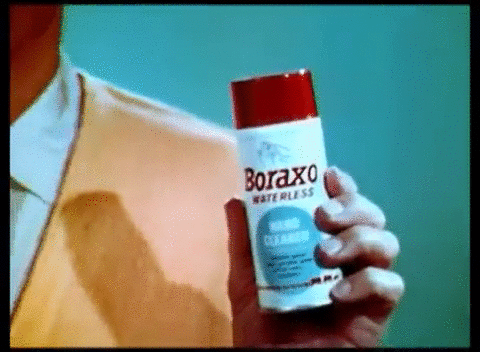
Pingback: The United States in the 80’s (II): Cultural and Technological Transformations – Batuhan Aksu
Pingback: The United States in the 80’s (I): Ronald Reagan and His Foreign Policy – Batuhan Aksu